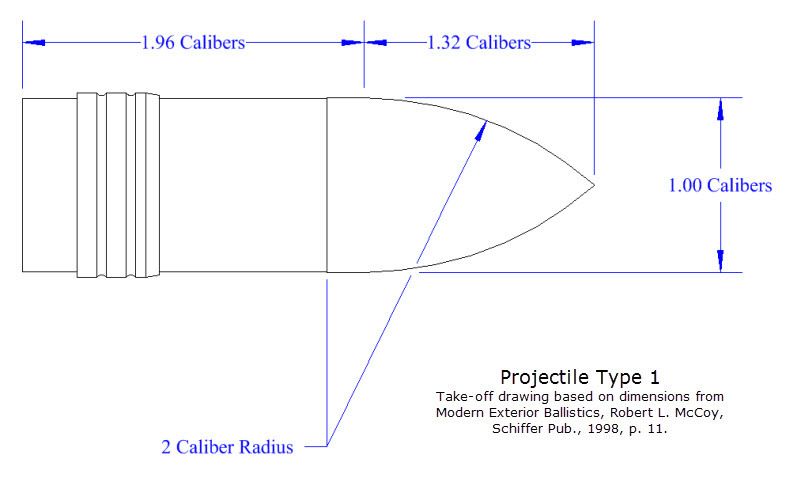New ELD bullet
https://www.youtube.com/watch?v=Bpan-7vTqes
After seeing that video I sent this Email
Was I wrong in thinking they just said the A-Max has a real problem they never knew about ?
https://www.youtube.com/watch?v=Bpan-7vTqes
After seeing that video I sent this Email
Ok I'm sure you are getting this question a lot after putting out the ELD video . I still have to ask though , Did you guys just say in not so many words that your A-Max & V-Max bullets polymer tips are faulty and cause issues in flight you never knew was happening before ?
1) Do you have any conclusive data that shows how consistent these polymer tips degradation is ?
This very well could explain why I have at times some inconsistent results using the 178gr A-max in 308 at distances at and past 300yds . I always figured it was something I did in the loading process because they more often then not shoot lights out . This has me rethinking everything and wondering how much time and money I've wasted trying to fix the un-fixable .
2) I'm asking do you have data explaining how much the melting of your polymer tips effect your bullets in flight ?
3) Is there a velocity and or caliber you have found that causes the issue more then others ?
It seems at face value that you just confirmed what I have concluded through testing . That is if you want a consistent long range bullet . The A-Max is not it .
4) Will you be changing the A-Max tips to these new tips or just discontinuing the line ??
I know you like to keep your reply short but I would appreciate it if you would answer each question individually .
Thank you
Was I wrong in thinking they just said the A-Max has a real problem they never knew about ?

